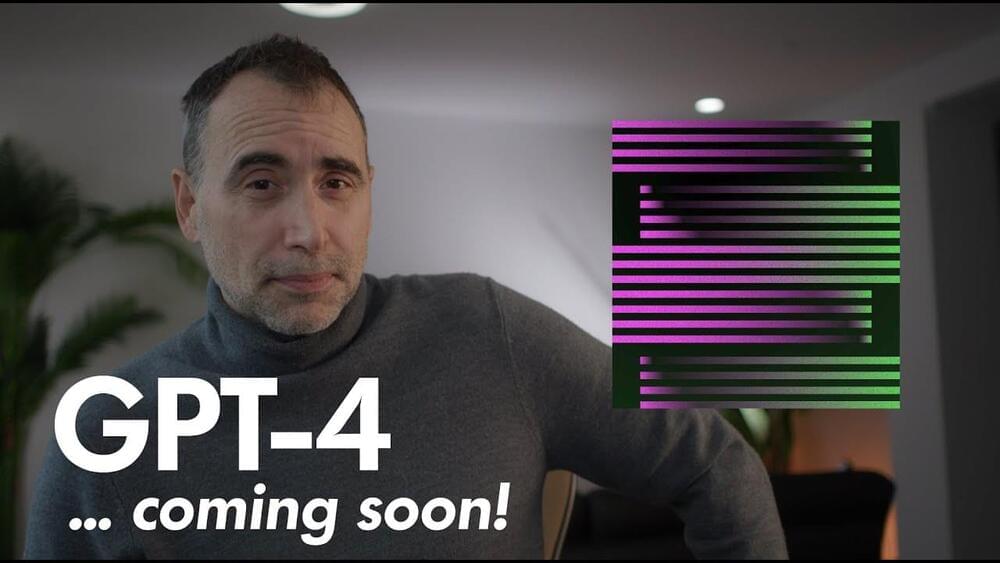Complex life on Earth is generally thought to have appeared at least 1.75 billion years ago. But a new study suggests there may have been an earlier period where complex life could have evolved, before disappearing and then reappearing again.
The theory was put forward by a study led by the University of Washington, published today in the Proceedings of the National Academy of Sciences. They describe how isotopic ratios in the element selenium in sedimentary rocks suggest a high presence of oxygen in Earth’s atmosphere between 2 and 2.4 billion years ago.
The suggestion is that for this relatively brief period in Earth’s 4.5-billion-year history, conditions may have been favorable for complex life. Previously, it had been thought that oxygen on Earth went through a period of none, then some, then a lot, when eukaryotes – animals, plants, fungi, and protists – came into existence. But this research suggests there was a spike before “none” and that it dropped down again.









